John Norwood is a soil and water commissioner in Polk County. -promoted by Laura Belin
Once we get testing for novel coronavirus (COVID-19) up and running in a major way here in the U.S., if our “fire” is not burning too hot, we will be able to practice a strategy of contain and trace, like the South Koreans.
Hot spots like New York City can’t use this approach, because there are too many cases and vectors like subways and buses. In that case, the primary strategy is mitigation. We could use quarantine and self-quarantine and we try and manage the treatment demand for the most ill.
I think we may see a two-pronged strategy situation evolve. One for “hot fires,” places like New York City, and one for “brush fires” in rural states and smaller metro areas. From there, it is possible to manage new infections.
Worldometers.info has some of the best up-to-date statistics on COVID-19 infections. This graphic comes from that site:
This one shows cases in the states hardest-hit by the virus so far:
Negative tests help us put the penetration of the virus in context (x positives per 1,000), and determine the penetration of the infection including latency. Follow the cases per million stat to compare the hotness of the fire.
Italy is far smaller in population than the U.S. or China and has one of the hottest fires ? at over 1,100 cases per million (Switzerland’s infection rate is even higher).
In contrast, the U.S. is more like 160 cases per million, and China is around 60. I’ve added a couple more examples from the website showing new infection curves from China and South Korea, showing how they were able to contain their fires. We need to bend our curve to look more like South Korea’s.
We’re going to beat this virus, ?fastest and with the fewest casualties, if people can be patient, distance themselves from others, be fanatical in washing hands (since the virus can survive for long periods on surfaces like steel) and we can get the materials produced and distributed to test, trace, and contain, and the beds and respirators to help the most severe cases, which is a small percentage of the whole population.
Also, it is believed UV radiation can knock down the virus, so the coming summer may help build our immunity systems and also kill the virus waiting on surfaces. China is using UV systems to clean buses and surfaces, for example.
As we can see in real time how effective Mother Nature’s creatures can be, this “plague” makes me appreciate life now vs. life from just a few generations back, when we didn’t have the technology or understanding to respond effectively and efficiently to epidemics.
Smallpox was long one of the worst scourges. As some may know, it was used and weaponized, as a tool by European settlers to the U.S. (in places like my home state of Massachusetts) to practice genocide against the native Americans via trade goods like infected blankets.
Even now, the flu kills 30,000 to 60,000 people each year in the U.S. Readers who would like to learn more about the history, science and policy of pandemics should watch the six-episode “Pandemic” series on Netflix.


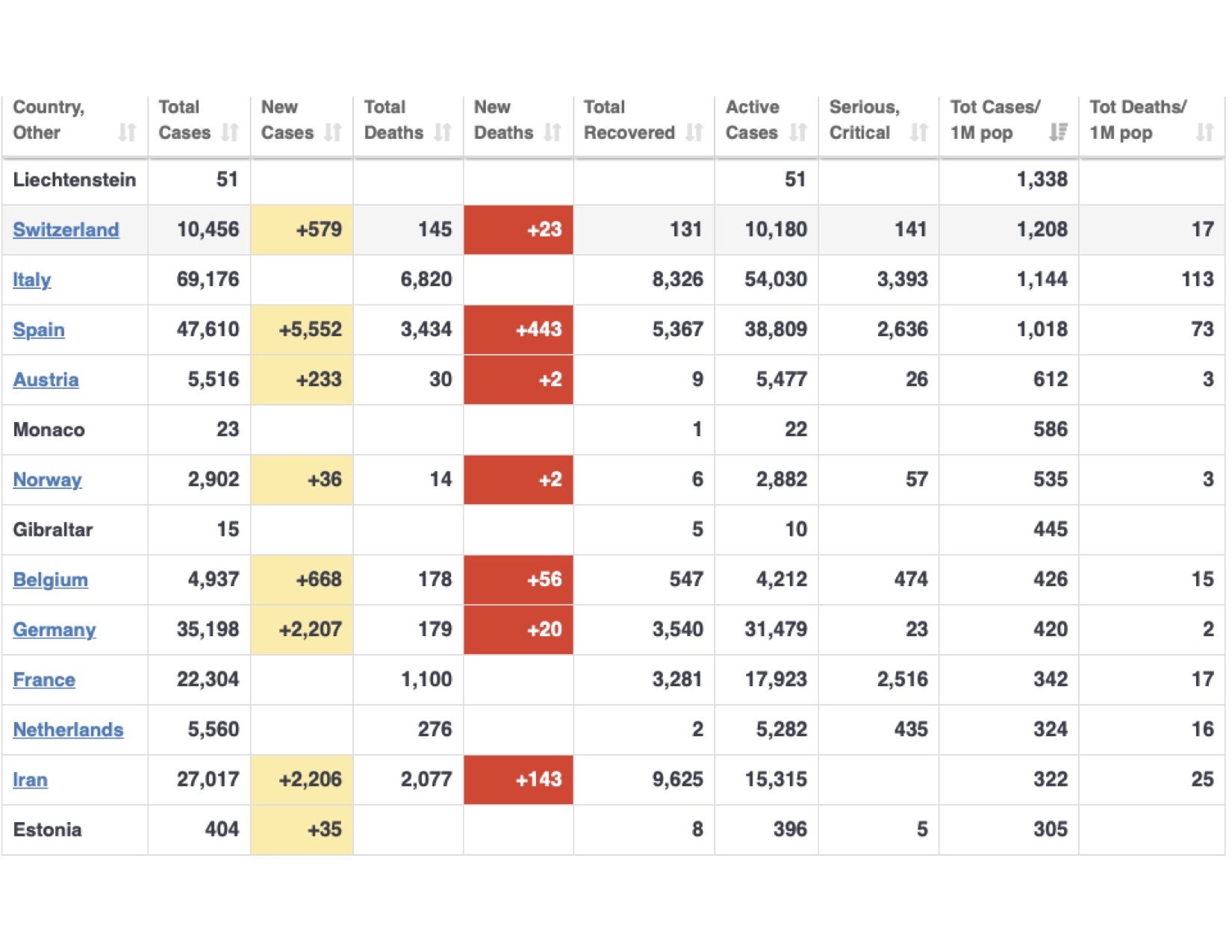
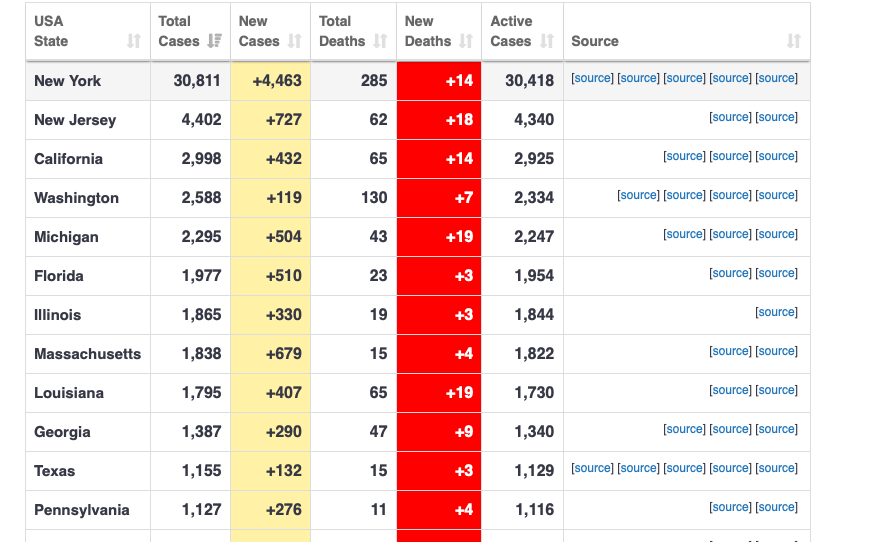
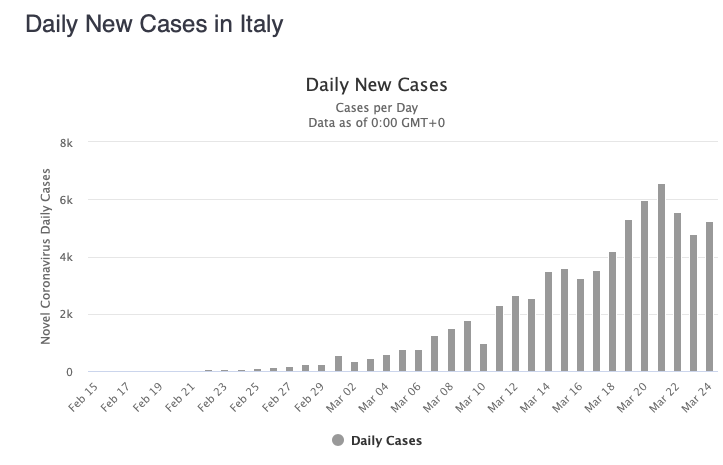
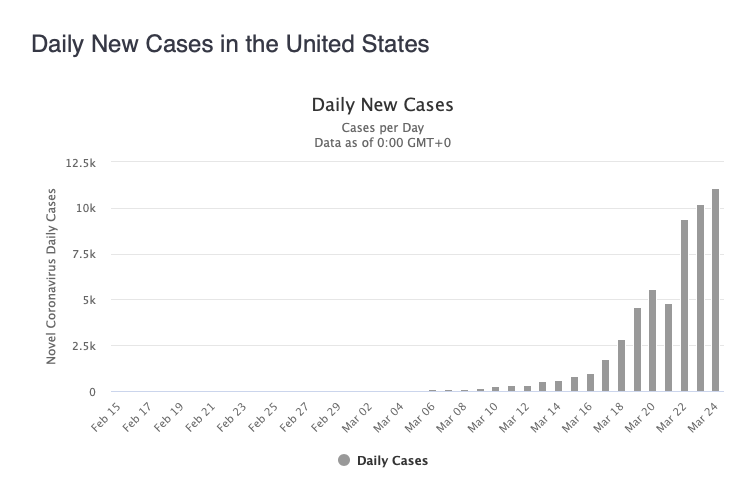
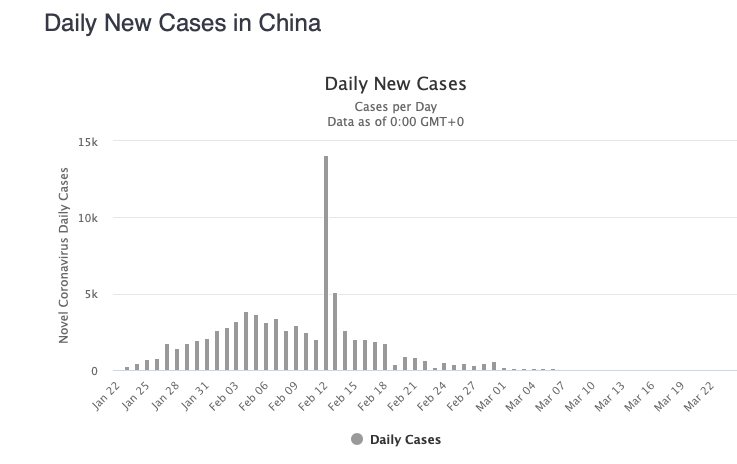
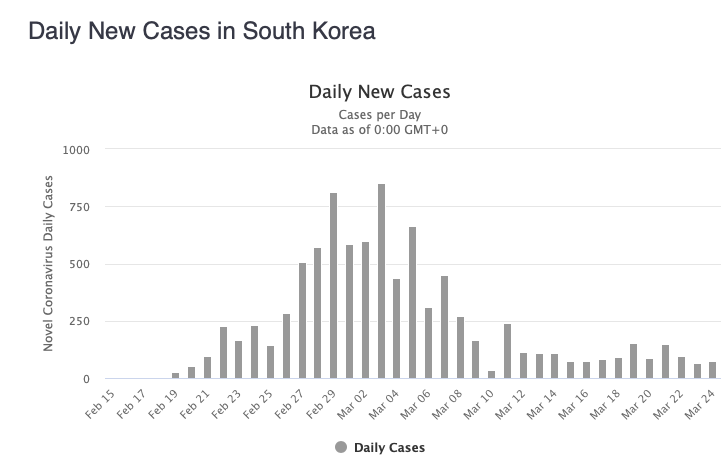
1 Comment
Big Thanks
Just now seeing this (3/31) I wish someone with John’s grasp of data and sound public policy was higher up in the state policymaking hierarchy. Solid analysis every time.
dbmarin Tue 31 Mar 10:52 AM